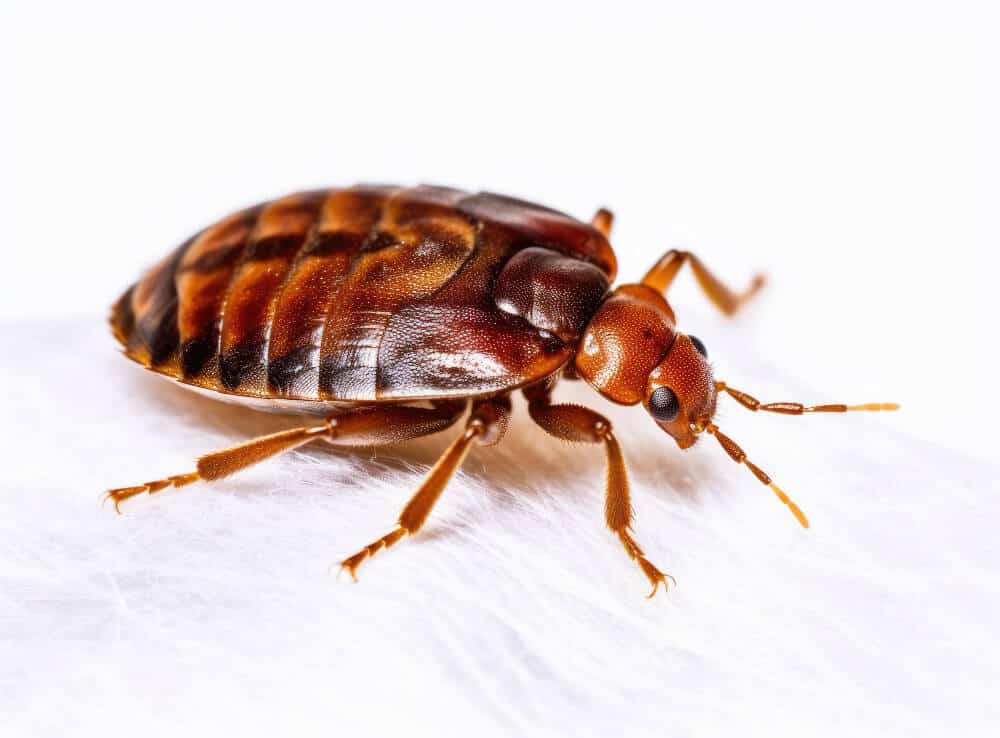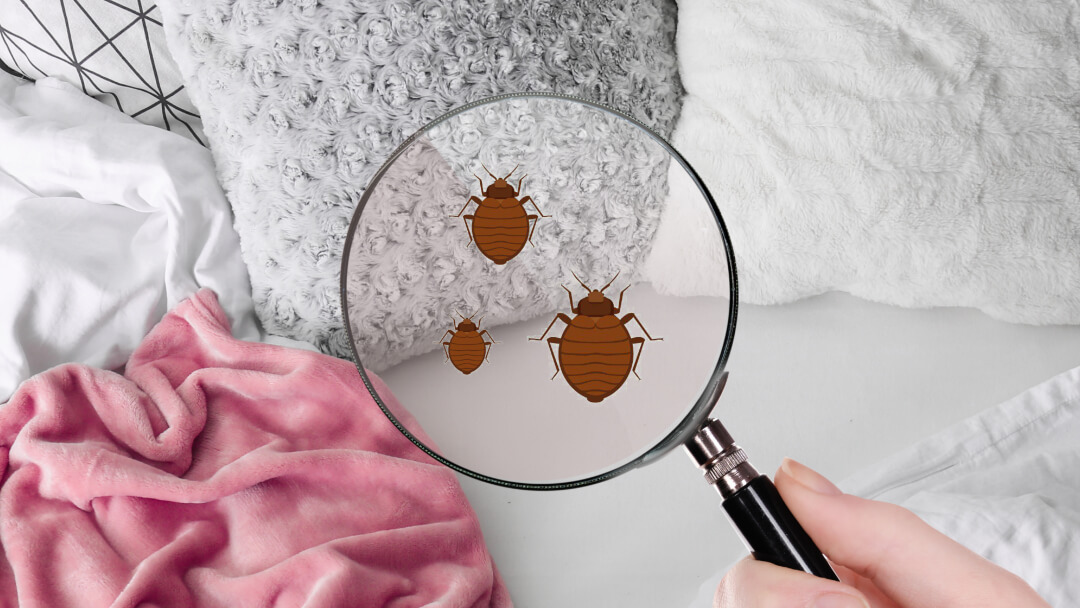Affordable A1 Bed Bug Removal in Houston - Professional Exterminators
Affordable A1 Bed Bug Removal in Houston - Professional Exterminators
Blog Article
Recognizing the Lifecycle of Bugs for Targeted Control Approaches
Recognizing the lifecycle of parasites is a fundamental facet of reliable parasite management strategies. With a much deeper understanding of just how insects progress and thrive, customized control approaches can be developed to deal with details points in their lifecycle, eventually leading to more successful parasite monitoring end results.
Value of Comprehending Pest Lifecycle
Recognizing the lifecycle of parasites is essential for developing efficient and targeted control techniques in parasite administration. By understanding the numerous stages a bug undergoes from egg to grownup, insect control experts can recognize weak spots in the lifecycle where treatment can be most effective. For instance, recognizing when larvae are most energetic can help figure out the ideal timing for applying larvicides. Furthermore, understanding the life expectancy of a pest species can assist in forecasting population growth patterns and prospective problem dangers.
Moreover, identifying the certain environmental problems needed for each stage of the bug's lifecycle can lead decisions on environment modification or exemption methods to interrupt the lifecycle and minimize bug populations. This expertise allows pest monitoring professionals to implement positive steps as opposed to depending exclusively on reactive treatments, causing even more long-lasting and lasting insect control options. Eventually, a thorough understanding of pest lifecycles encourages pest control professionals to customize their approaches effectively, making the most of and lessening ecological impacts control results.
Key Phases in Insect Advancement
To efficiently implement targeted control methods in bug administration, an essential facet exists in adequately identifying and comprehending the vital stages in pest advancement. Bug development commonly consists of a number of key phases that are essential for their lifecycle and administration.

Vulnerabilities in Bug Lifecycle
Throughout the different stages of a pest's lifecycle, unique vulnerabilities arise that can be tactically targeted for efficient control measures (A1 bed bug removal houston). One vital vulnerability lies in the egg phase, where insects are often more prone to certain pesticides or organic control agents due to their soft external covering, making them easier targets for intervention. Comprehending these susceptabilities in the insect lifecycle is crucial for establishing effective and exact control methods that efficiently handle pest populaces while reducing environmental impact.
Implementing Targeted Control Actions

Implementing targeted control actions typically entails a multi-faceted strategy. This may consist of environment modification to make the setting less hospitable to pests, such as removing standing water for insect control or sealing access factors for rats. In addition, organic control approaches can be utilized, where all-natural killers or microorganisms are introduced to maintain insect populations in check.
Chemical control, such as the careful application of chemicals, is an additional typical strategy. It is essential to use these materials deliberately to minimize ecological effect and potential damage to non-target species - A1 Bed bug Exterminator houston. Integrated Bug Management (IPM) approaches that incorporate numerous control actions in a collaborated and sustainable fashion are typically one of the most reliable in achieving long-term parasite monitoring objectives. By applying targeted control steps based on a detailed understanding of parasite lifecycles, insect populations can be effectively regulated while reducing dangers to human health and the environment.
Boosted Bug Administration Practices

Furthermore, the incorporation of biological control representatives, such as natural predators or microorganisms of pests, can help in reducing dependence on chemical pesticides and advertise an extra balanced environment. Executing physical barriers and catches can likewise become part of enhanced parasite management techniques, using non-toxic and targeted options for insect control. Additionally, making use of pheromones and various other semiochemicals can interrupt pest mating patterns and communication, leading to reduced insect populaces gradually.
Verdict
By identifying key phases in bug advancement and vulnerabilities in their lifecycle, targeted control measures can be applied to decrease pest populations. Boosted bug monitoring techniques can assist decrease the dependence on broad-spectrum chemicals and advertise more lasting and ecologically pleasant insect control approaches.
Comprehending the lifecycle of pests is vital for developing effective and targeted control techniques in parasite management. By understanding the different phases an insect goes with from egg to adult, bug control specialists can recognize susceptible factors in the lifecycle where treatment can be most successful. Inevitably, a thorough understanding of parasite lifecycles empowers bug control specialists to customize their strategies properly, decreasing ecological impacts and taking full advantage of control end results.
By carrying out targeted control steps based on a complete understanding of bug lifecycles, pest populations can be efficiently controlled while minimizing risks to human health and wellness and the atmosphere.
By identifying key phases in parasite growth and vulnerabilities in their lifecycle, targeted control procedures can be carried out to decrease insect populaces.
Report this page